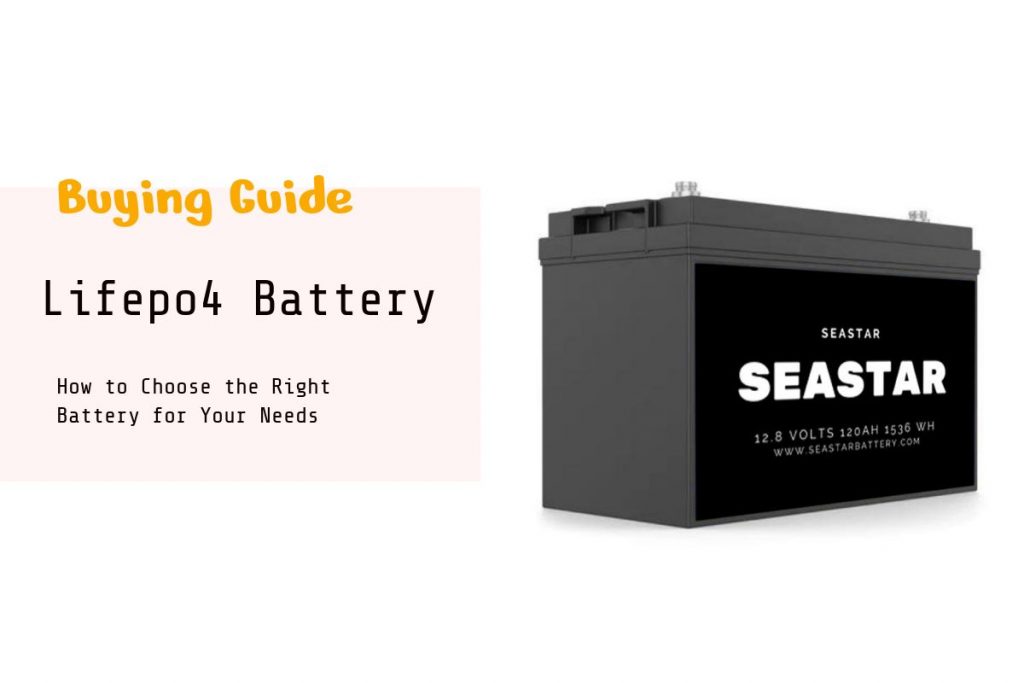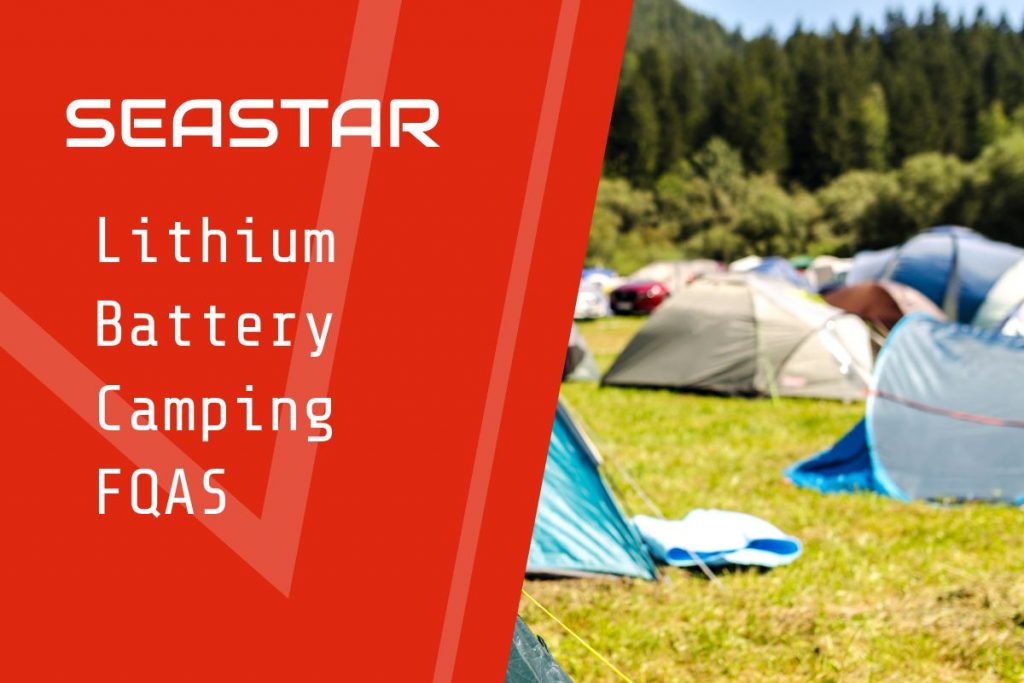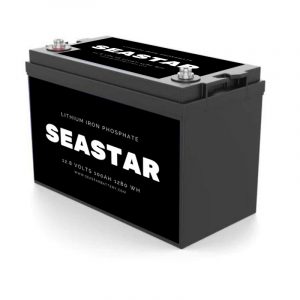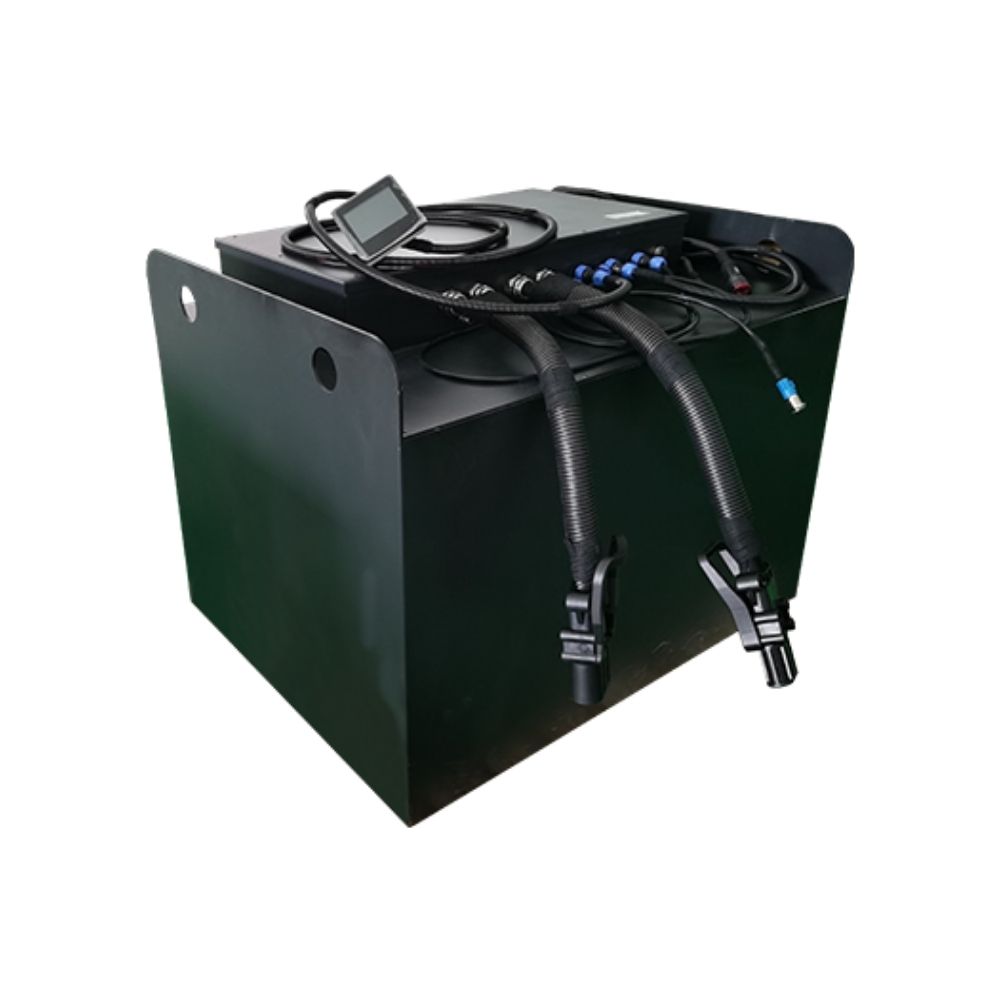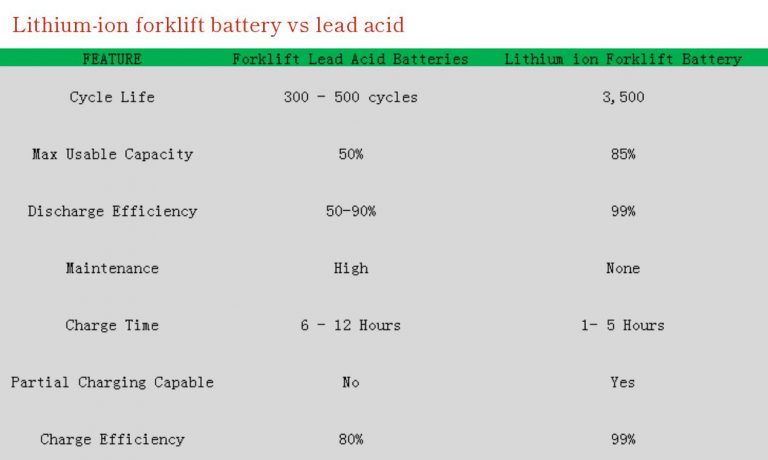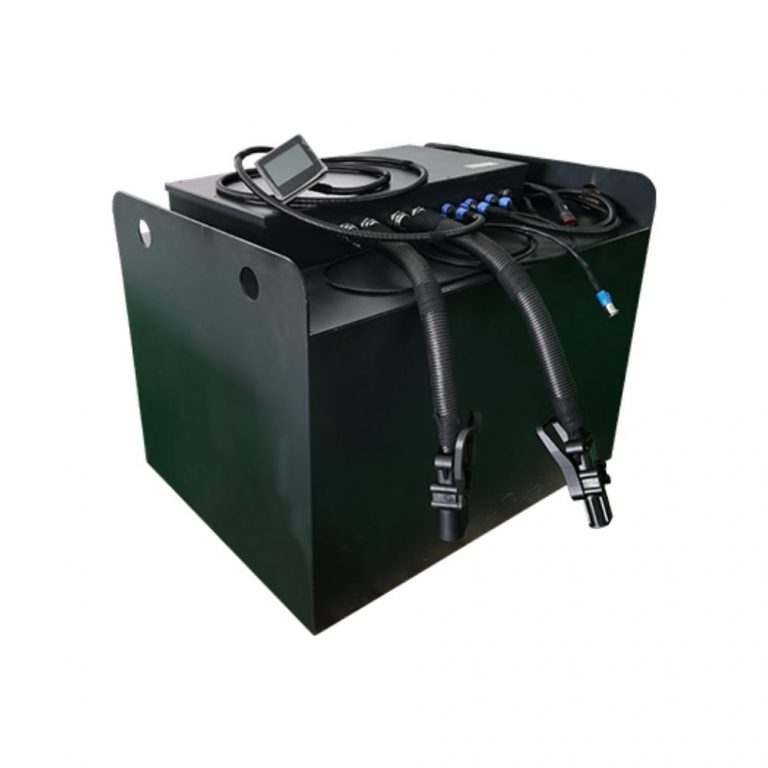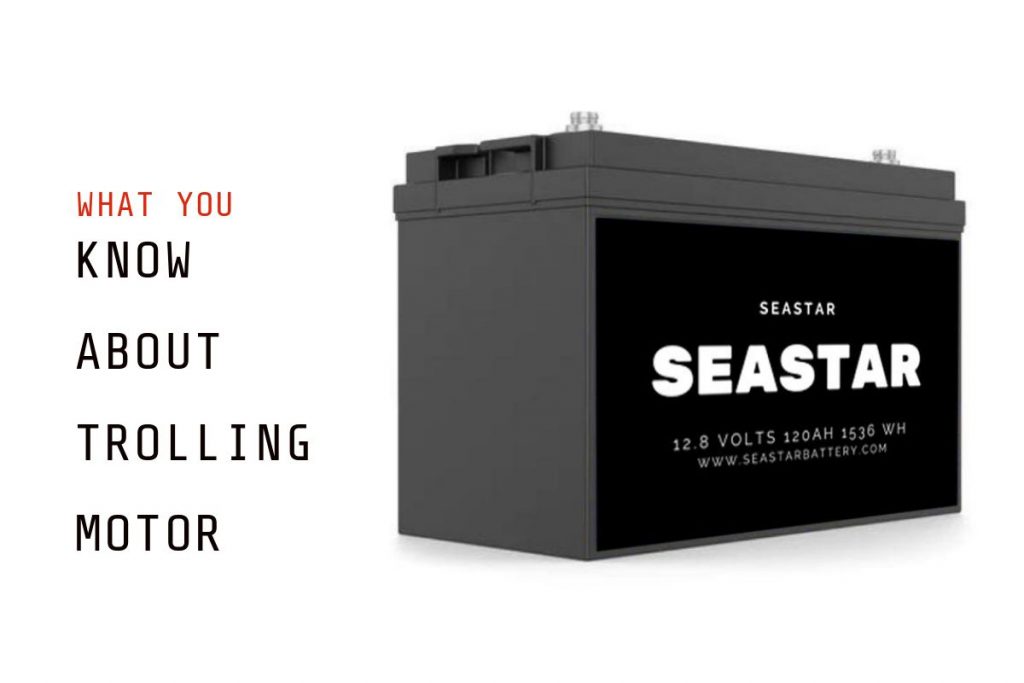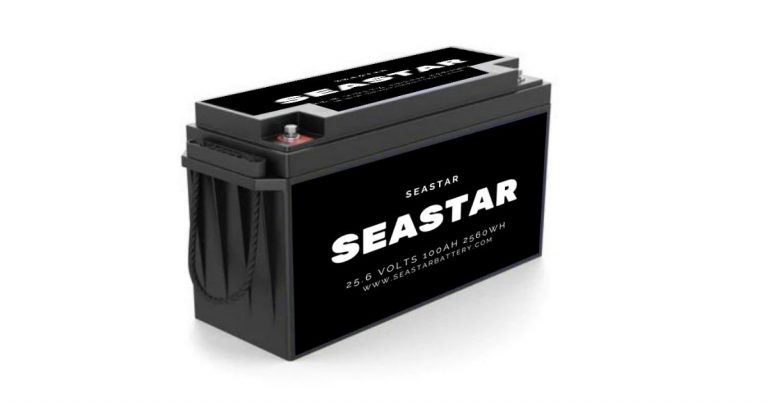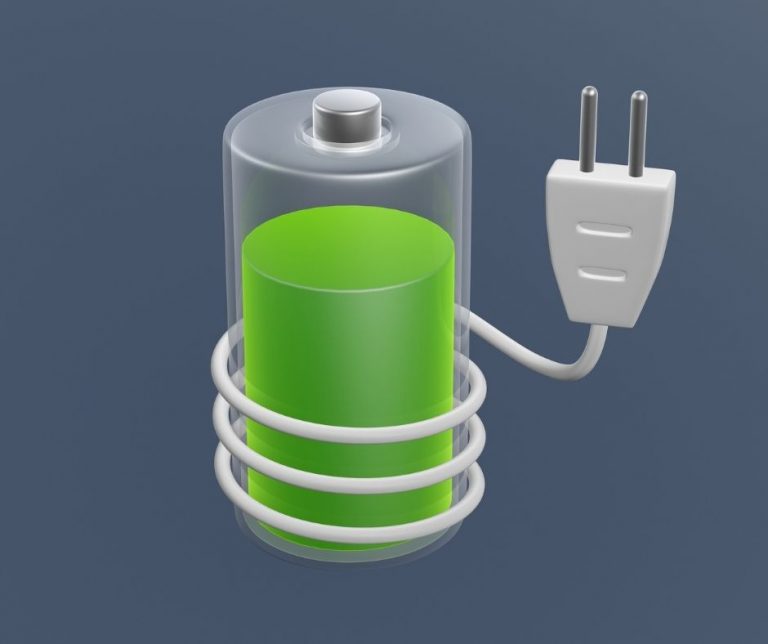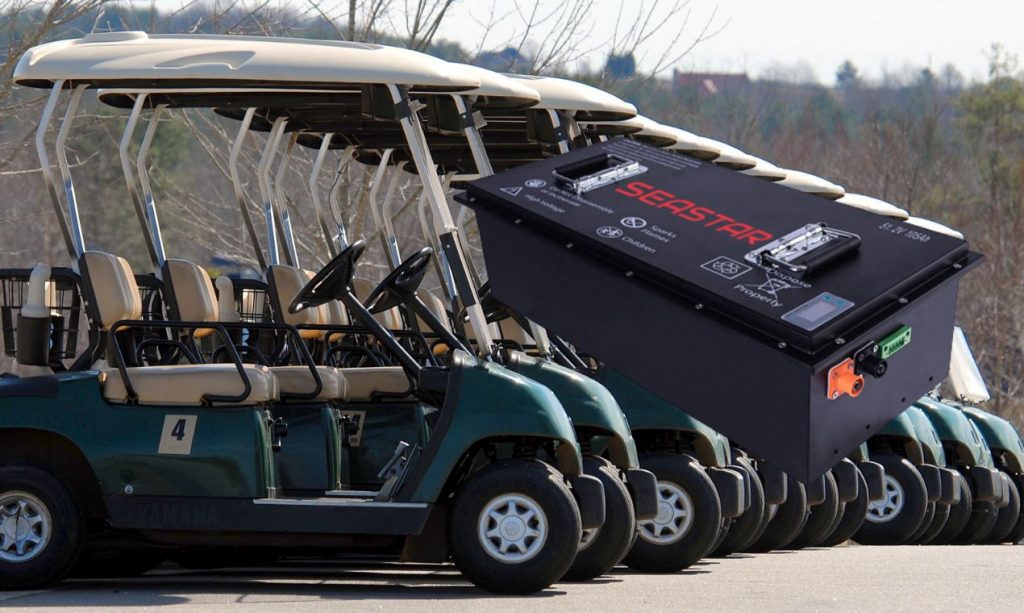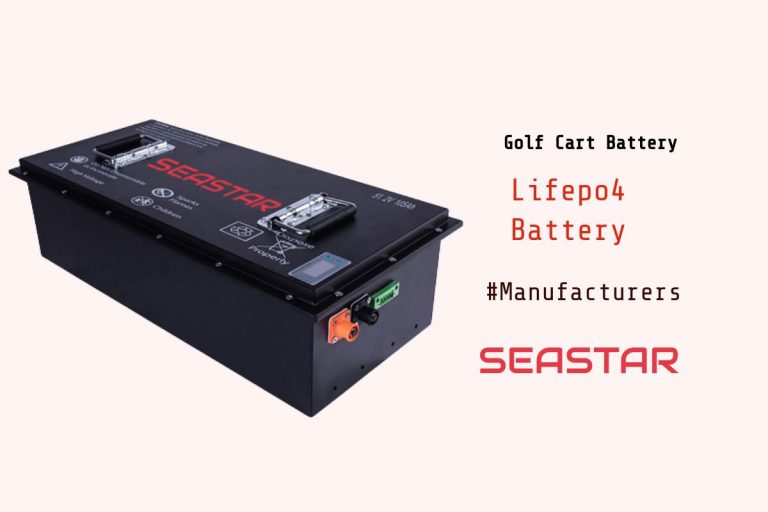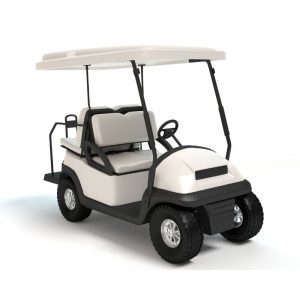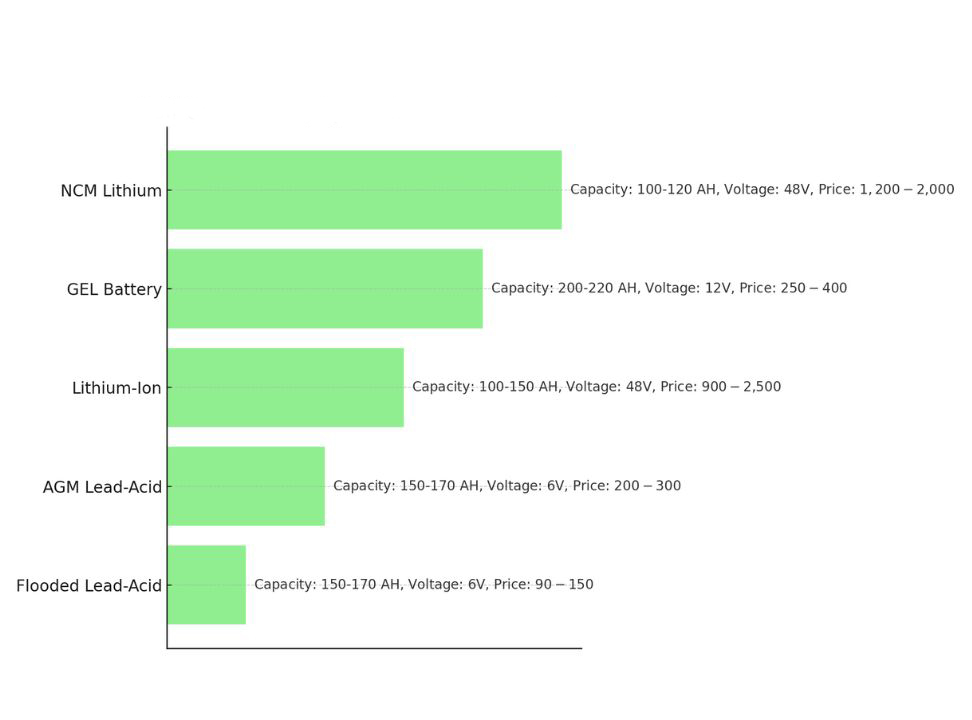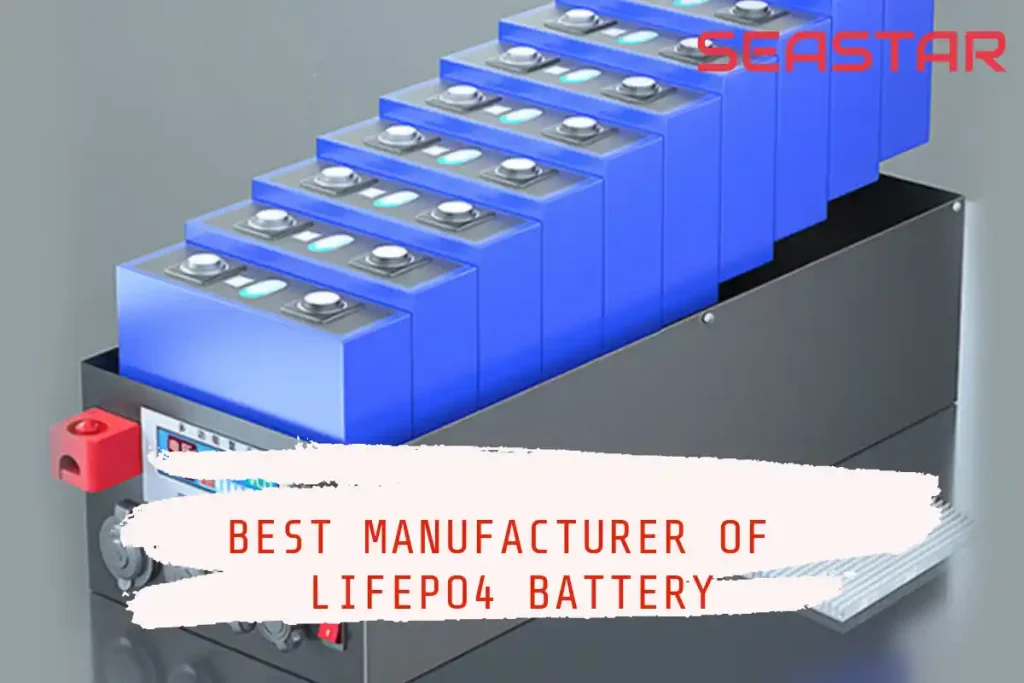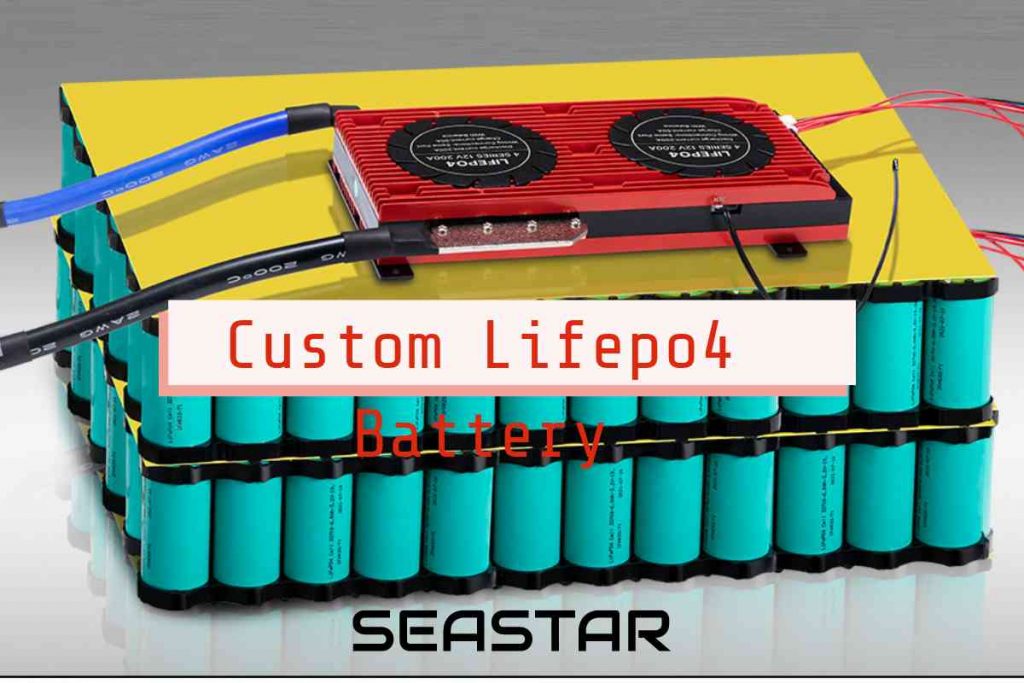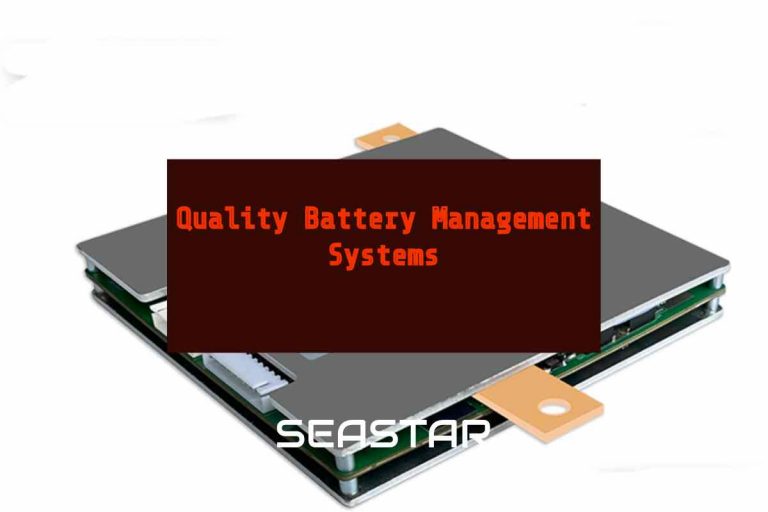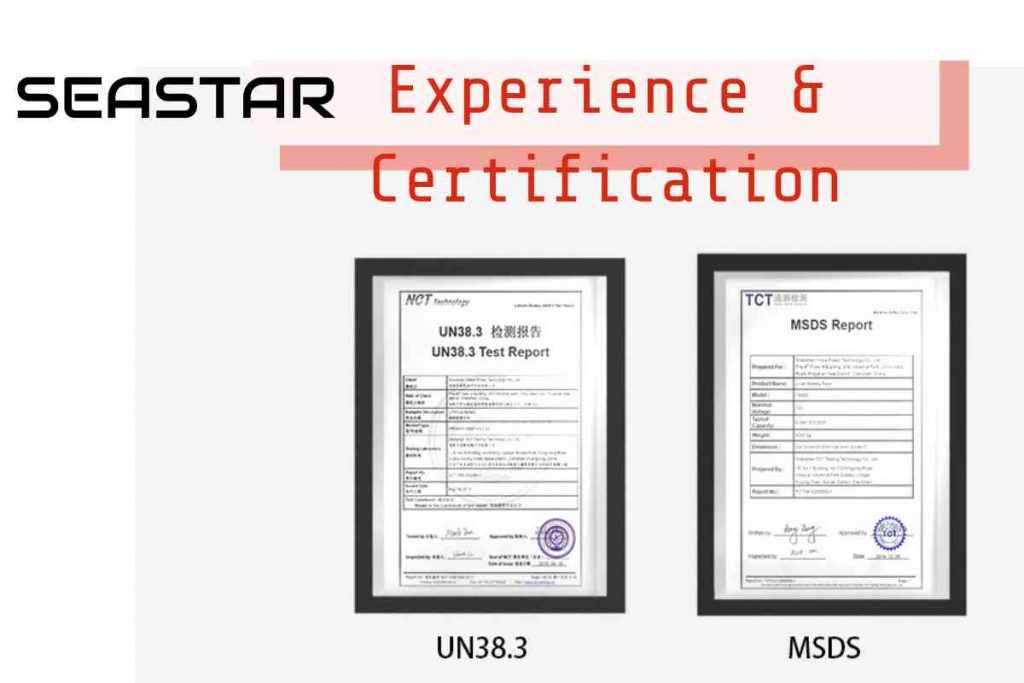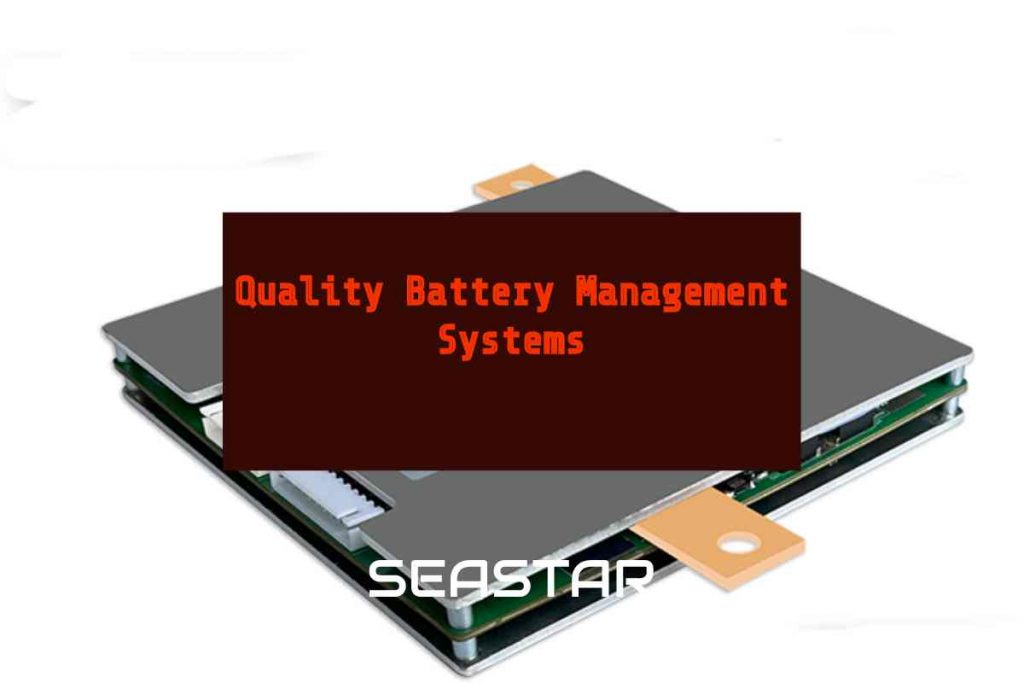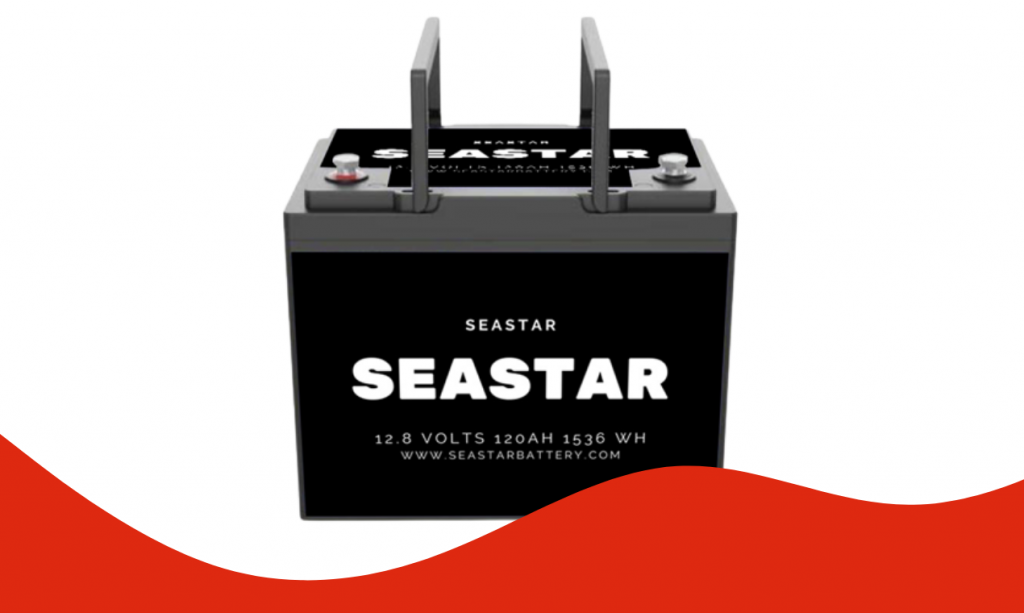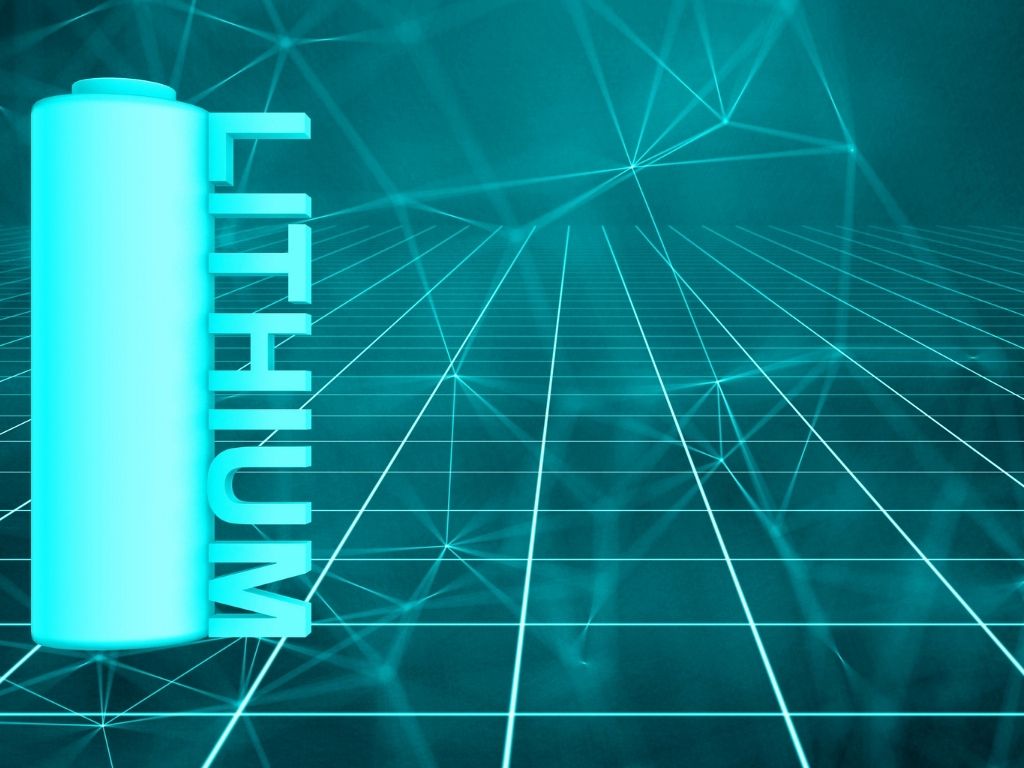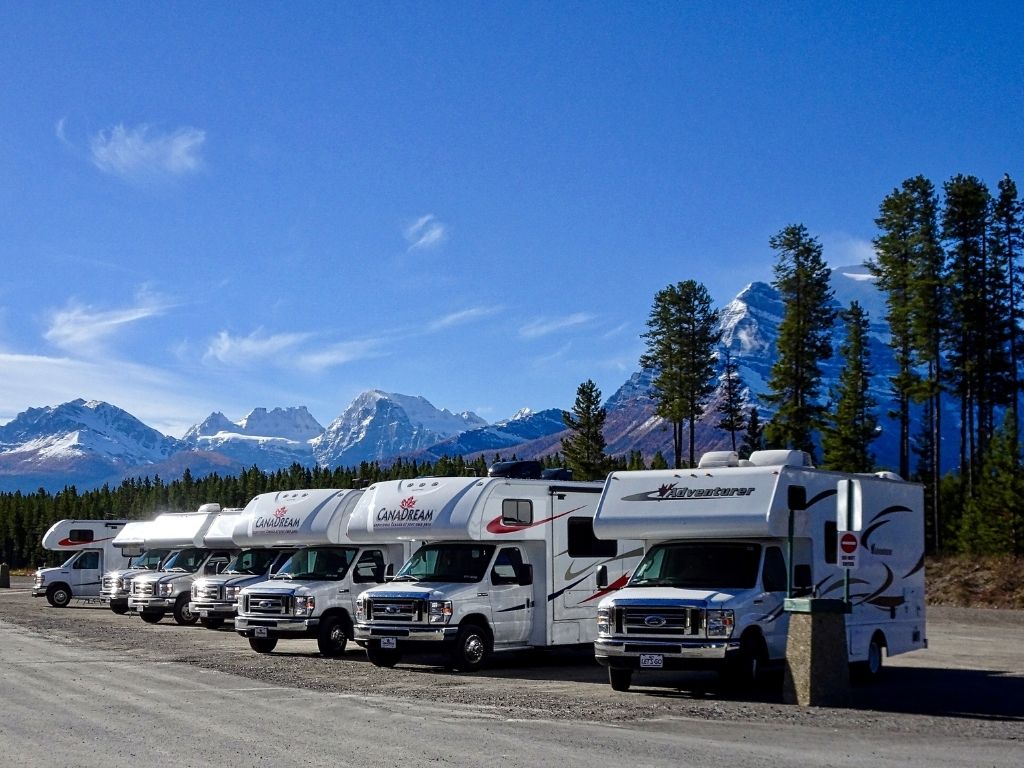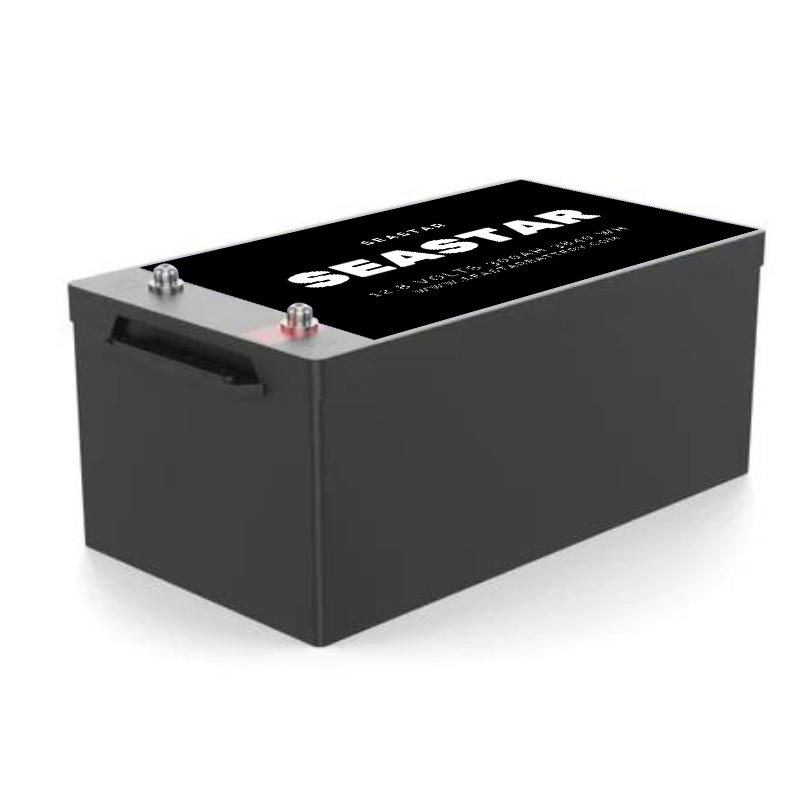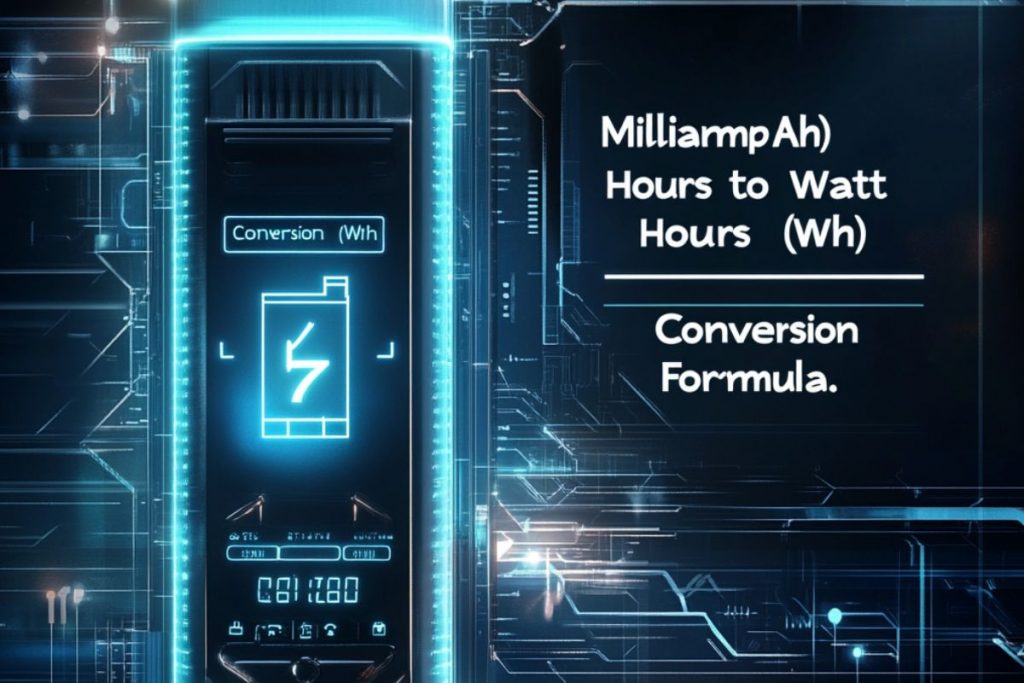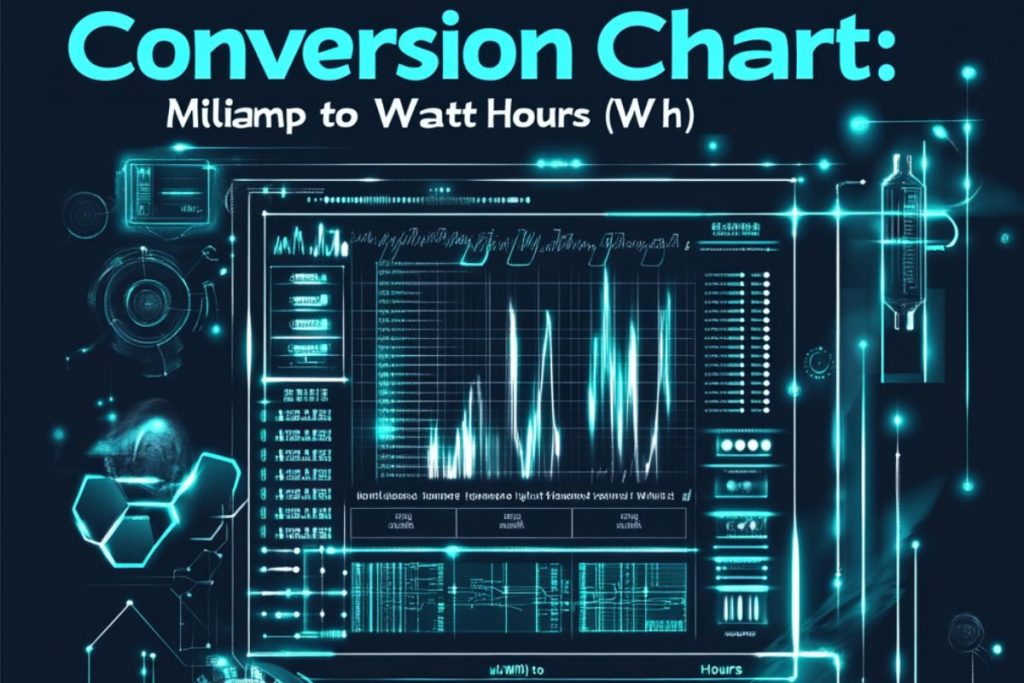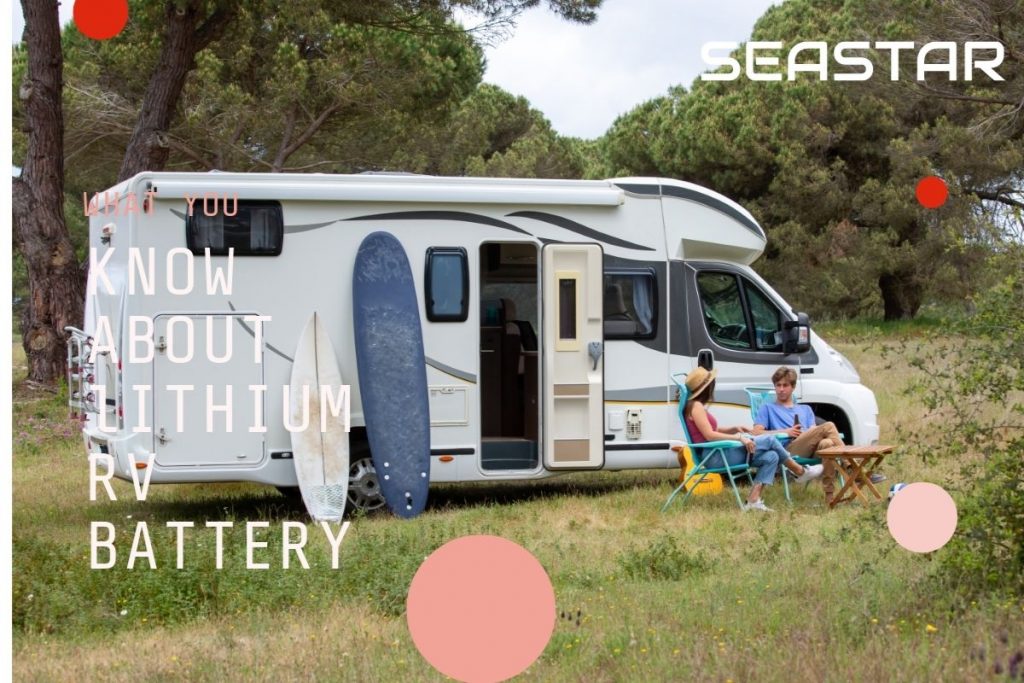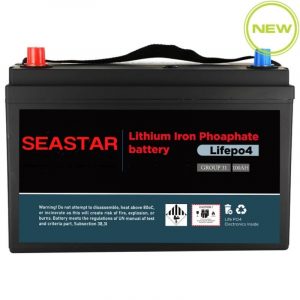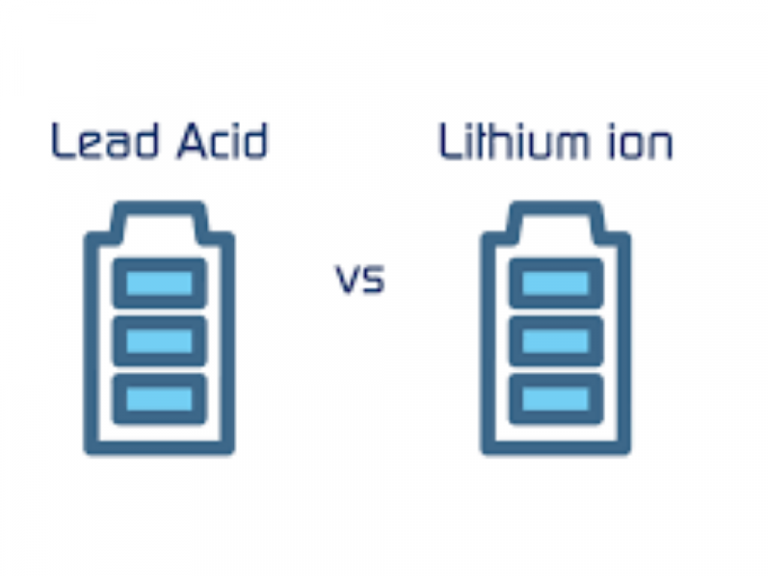The Complete Lifepo4 Battery Buying Guide: How to Choose the Right Battery for Your Needs
As an outdoor enthusiast, a dead battery can ruin any adventure. That’s why I’m excited to share my complete Lifepo4 battery buying guide. From understanding the technology to choosing the right size and capacity, I’ve got you covered. So, let’s make sure your next outdoor excursion is powered up and ready to go! Whether you’re looking for a battery to power your Camping Battery, boat battery, or home battery, we’ll help you find the perfect LiFePO4 battery to meet your needs. Say goodbye to unreliable batteries and hello to reliable power with our comprehensive buying guide.
Table of Contents
Why choose Lifepo4 batteries?
Upgrade your power game with Lifepo4 batteries, delivering reliable high performance for businesses’ long-term needs. Boasting a remarkable energy density and significantly extended lifespan compared to standard Lithium offerings – our products are perfect for marine use, camping trips outdoors, forklifts on the job site, golf carts hitting the links, or any other portable electronics applications you can think of!
With Lifepo4 batteries, you get a powerful package of long-term performance and safety. Their high energy density means they can store lots of juice in small spaces while their lack of toxic metals makes them an eco-friendly choice for your power needs. Additionally, these batteries are less prone to overheating or catching fire than other types, minimizing the risks posed by accidental discharge even further
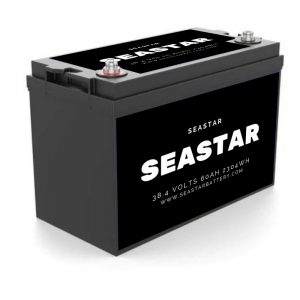
Technical Overview
Redefining what it means to be rechargeable, Lifepo4 batteries are a versatile type of lithium-ion battery with an unmistakable Lithium Iron Phosphate chemistry. Featuring some distinct advantages compared to other lithium-ion batteries, these go beyond the technical specs and provide reliable sources of power across all sorts of applications. Unlocking potential like never before!
- Voltage: With Lifepo4 batteries, you get the benefit of a lower voltage requirement than other lithium-ion alternatives – 3.2V per cell compared to 3.6 or 3.7V
- Capacity: Lifepo4 batteries are renowned for their energy density, allowing them to store a massive quantity of power in limited space. Rated by both ampere-hours (Ah) and milliampere-hours (mAh), capacity is the very core that makes these lithium iron phosphate cell packs so powerful.
- Charging: To juice up your Lifepo4 batteries, you need to find the right charger. This type of battery has a particular charging algorithm that efficiently and safely powers it up without overcharging – something that can be dangerous!
- Discharging: LifePo4 batteries are known for their reliable discharge curve. This remarkable feature makes the battery a go-to source of power in applications that need a stable voltage
- Safety: Lifepo4 batteries are the safety gold standard. Their advanced chemistry and low risk of thermal runaway ensure that you’ll have peace of mind with your power source, without having to worry about fire or explosions like other lithium-ion alternatives.
- Lifespan: Investing in Lifepo4 batteries is a savvy choice for long-term reliability. With lifespans that exceed other lithium-ion alternatives, these power sources are an optimal pick when it comes to powering projects over the long haul.
Get ready to power up with Lifepo4 batteries, the reliable and safe choice for many applications. Their stable chemistry provides an extended battery life while their distinct charging algorithm makes them perfect for those seeking a dependable energy density boost.
Factors to Consider When Choosing Lifepo4 Batteries
- Capacity: Choosing the right battery capacity is essential for ensuring that your device maintains its required power level. With an inadequate amount of energy stored, you risk not having enough to operate over time – making it vital to select a capacity robust enough to meet their needs!
- Charging time: When sourcing Lifepo4 batteries, select one with a shorter charging time to ensure your device is always there when you need it! No more waiting around for longer charge times and no surprises – get back up & running quickly.
- Cycle life: When searching for the ideal battery solution, cycle life is a key factor to consider. A higher cycle life ensures fewer replacements over time and can provide you with long-term cost savings in addition to optimal performance. Investing in batteries boasting greater lifespans will help power your operations without breaking the bank
Frequently Asked Questions about Lithium ion Batteries
How long do lifepo4 batteries last
Sourcing a reliable LiFePO4 battery is an investment that can pay dividends. Its lifespan could easily stretch across 5-20 years – or perhaps even longer!
Can lithium batteries be recycled?
Recycling lithium batteries, a finite resource and laborious to mine & process, can not only help the environment but also be an economic boon. By reducing our need for new mining or processing of lithium, we cut down hazardous waste generated from it; making sustainability efforts good business too!
What charger for the lifepo4 battery
To give your 12V LiFePO4 battery the juice it needs, you’ll need a charger offering 14 to 14.6 volts of power. Recharge and energize with this essential piece of equipment!
What is lifepo4 battery 48v
Harness the power of a LiFePO4 battery 48V, a remarkable rechargeable lithium-ion solution. From electric vehicles to solar energy storage systems and more, its nominal voltage of 48 volts offers unprecedented capacity and high-powered performance for all your powering needs.
What is lifepo4 battery 12v
A LiFePO4 battery 12V is a type of rechargeable lithium-ion battery that is commonly used in various applications, including Car batteries, moto batteries, marine batteries, and RV battery solar power systems.
What lithium battery for a trolling motor
With a powerhouse lifespan, LiFePO4 batteries offer any boat or deep-cycle enthusiast unparalleled performance. Boasting the longest operating life of all marine battery types, these lithium iron phosphate powerhouses are fully equipped to meet every boatman’s needs – be it fishing, trolling motors, and more!
Lifepo4 battery vs li-ion
LiFePO4 batteries boast a lower voltage than the average Li-ion battery, clocking in at 3.2V per cell compared to their counterpart’s 3.6V or 3.7V range – meaning careful consideration must be taken when designing packs and devices that are compatible with this type of power source!
Lifepo4 battery vs lead acid
Lithium iron phosphate batteries (LiFePO4) operate ten times longer than lead-acid, resulting in fewer costs per kilowatt-hour. For example, Seastar lithium batteries can reach 5000 cycles or more. Lead-acid batteries deliver only up to 500 cycles, as higher levels of discharge reduce their cycle life.
Best batteries for cold weather
Lithium batteries are a reliable power source in frigid conditions, with the ability to thrive even when temperatures dip below -40°C. And their long-lasting charge keeps them ready for action for up to 10 years after being stored away. So if you’re looking for a battery that can still deliver no matter how cold it gets outside, lithium is your answer!
Lifepo4 battery discharge chart
| Discharge Current | Nominal Capacity | Nominal Voltage | Discharge Time |
|---|---|---|---|
| 0.2C | 100 Ah | 3.2 V | 500 hours |
| 0.5C | 100 Ah | 3.2 V | 200 hours |
| 1C | 100 Ah | 3.2 V | 100 hours |
| 2C | 100 Ah | 3.2 V | 50 hours |
| 3C | 100 Ah | 3.2 V | 33 hours |
| 5C | 100 Ah | 3.2 V | 20 hours |
What are the considerations when using LiFePO4 batteries in ham radios?
Amateur radio enthusiasts know that using LiFePO4 batteries can greatly enhance their operations, with the high energy density providing more power and lasting longer than alternative battery types. Not only this, but these advanced batteries boast a higher charging efficiency as well as greater safety – allowing ham operators to get on the air without compromising quality or security.
How do I keep my RV lithium battery warm?
Seastar battery offers a revolutionary heating function for lithium iron phosphate batteries. The heater, perfectly placed directly on the cell, provides an efficient and steady source of warmth to keep your power levels optimal in any weather conditions.
Can I replace my RV battery with a lithium battery?
Get the most out of your RV battery with a lithium upgrade! The perfect match for any vehicle, this efficient power source works seamlessly when paired with compatible AC chargers, solar controllers, VSRs, and DC-to-DC chargers. Maximize your on-the-road energy needs – make the switch today!
With this e-book, you have been provided with a comprehensive insight into Lifepo4 batteries. Should any queries linger after reading it, please do not hesitate to reach out for assistance and further information.

